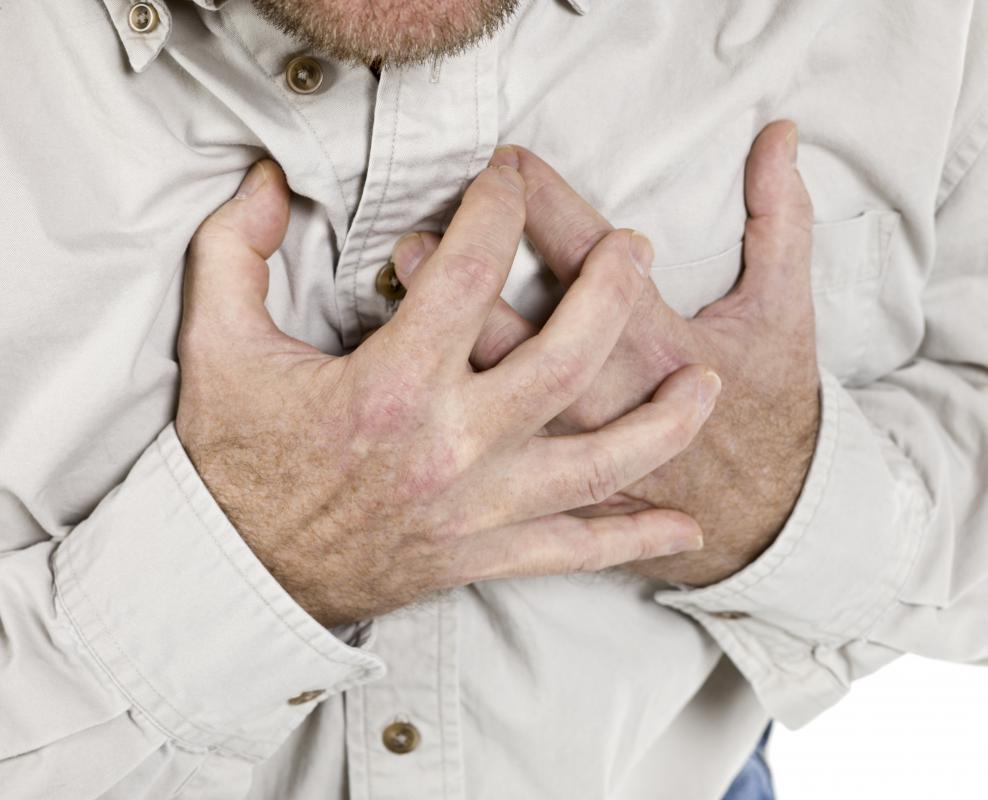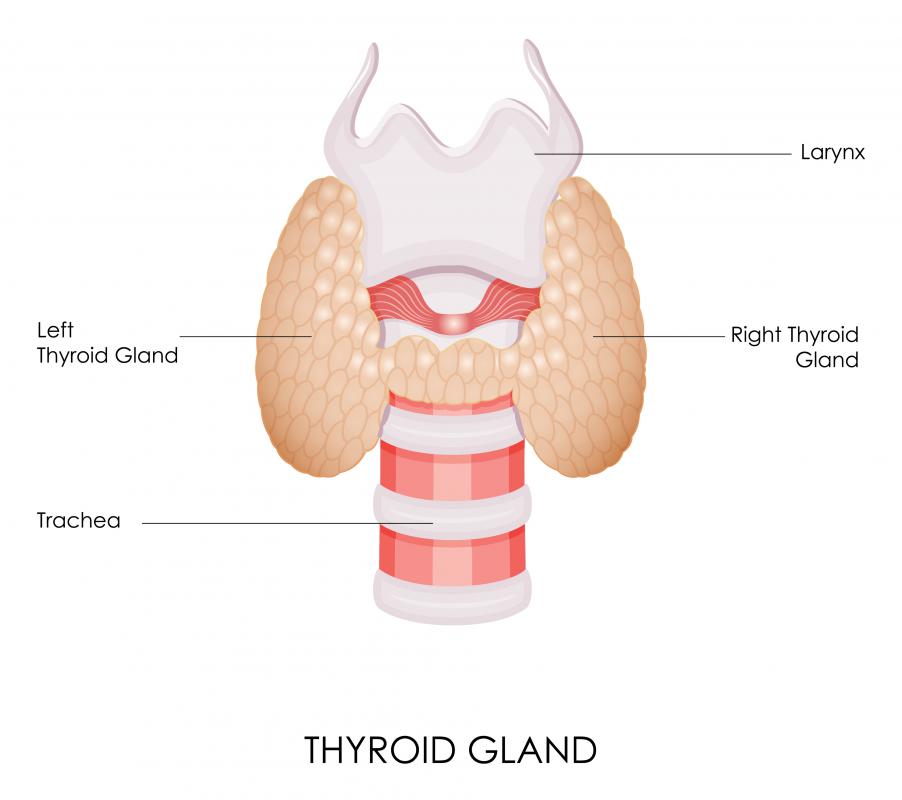At TheHealthBoard, we're committed to delivering accurate, trustworthy information. Our expert-authored content is rigorously fact-checked and sourced from credible authorities. Discover how we uphold the highest standards in providing you with reliable knowledge.
What Is Left Ventricular Dysfunction?
Left ventricular dysfunction is an early stage of heart failure that can be broken into two categories, systolic and diastolic dysfunction. Systolic dysfunction occurs when the ventricle cannot pump enough blood, and diastolic dysfunction is a stiffening of the muscle, which also inhibits the blood flow from the heart. Both types of ventricular dysfunction result in fluid buildup, and if not treated will result in heart failure.
There are two different types of left ventricular dysfunction, left ventricular systolic dysfunction and left ventricular diastolic dysfunction. The two are nearly evenly distributed and have an equally dim prognosis once heart failure has occurred. Systolic and diastolic dysfunction can occur separately or at the same time, and a cardiologist is needed to determine which type is occurring.

Left ventricular systolic dysfunction describes a left ventricle that is unable to pump out as much blood as a normal heart. The decreased blood volume results in less forceful ventricular contractions. The weak contractions aren't enough to pump all of the blood out of the heart, which causes the blood to accumulate in the veins or lungs.
Diastolic dysfunction is a progressive disorder that describes increased stiffness of the muscle tissue of the left ventricle and a decreased capacity to relax between contractions. This type of dysfunction removes the heart's ability to fill completely with blood, which often causes the heart to overcompensate by pumping out too much blood. The over-production of blood can sometimes accumulate in the veins and lungs.

Left ventricular dysfunction is the second of four stages of heart failure, so identifying symptoms of this dysfunction is a high priority for preventing heart attack and death. The first stage, called stage A, is reserved for patients with risk factors associated with heart failure, such as obesity, hypertension, and diabetes, but who show normal structure and function of the heart. Stage B describes patients with left or right ventricular dysfunction, but who have not shown symptoms of heart failure. Patients with ventricular dysfunction and who show symptoms of heart failure are included in stage C, and stage D describes patients with severe heart failure symptoms, requiring special treatment.

Catching symptoms of left ventricular dysfunction can make the difference between life and death. In essence, the symptoms of ventricular dysfunction are the early symptoms of heart failure, so get to a doctor right away if any of these symptoms are present. Fluid buildup in the lungs causes shortness of breath, which may show up when the affected person is lying down or active. A lack of blood received in the muscles can cause fatigue and muscle weakness when performing regular activities.

There are many different causes of left ventricular dysfunction. Heart valve disorders, such as stenosis of the aortic valve, high blood pressure, and coronary heart disease can all directly result in ventricular dysfunction. Some indirect causes of this disorder include anemia, hypothyroidism, and hyperthyroidism.
AS FEATURED ON:
AS FEATURED ON:

















Discuss this Article
Post your comments